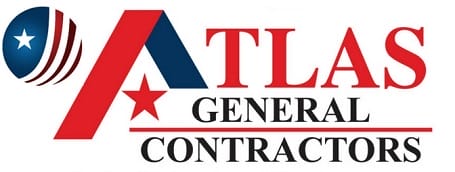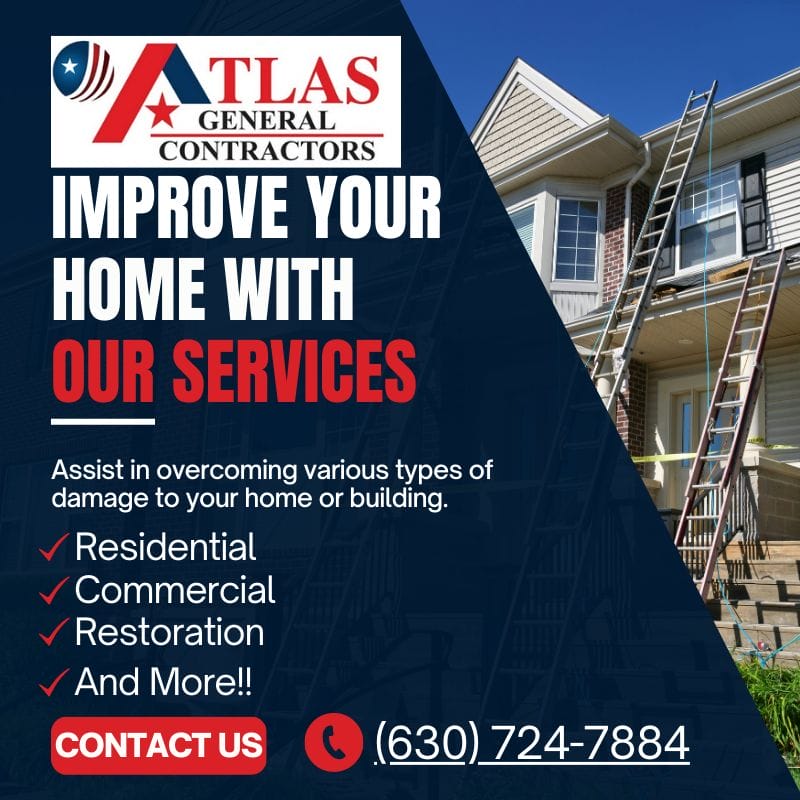Restoration Services
Manufacturers and Distributors We Use
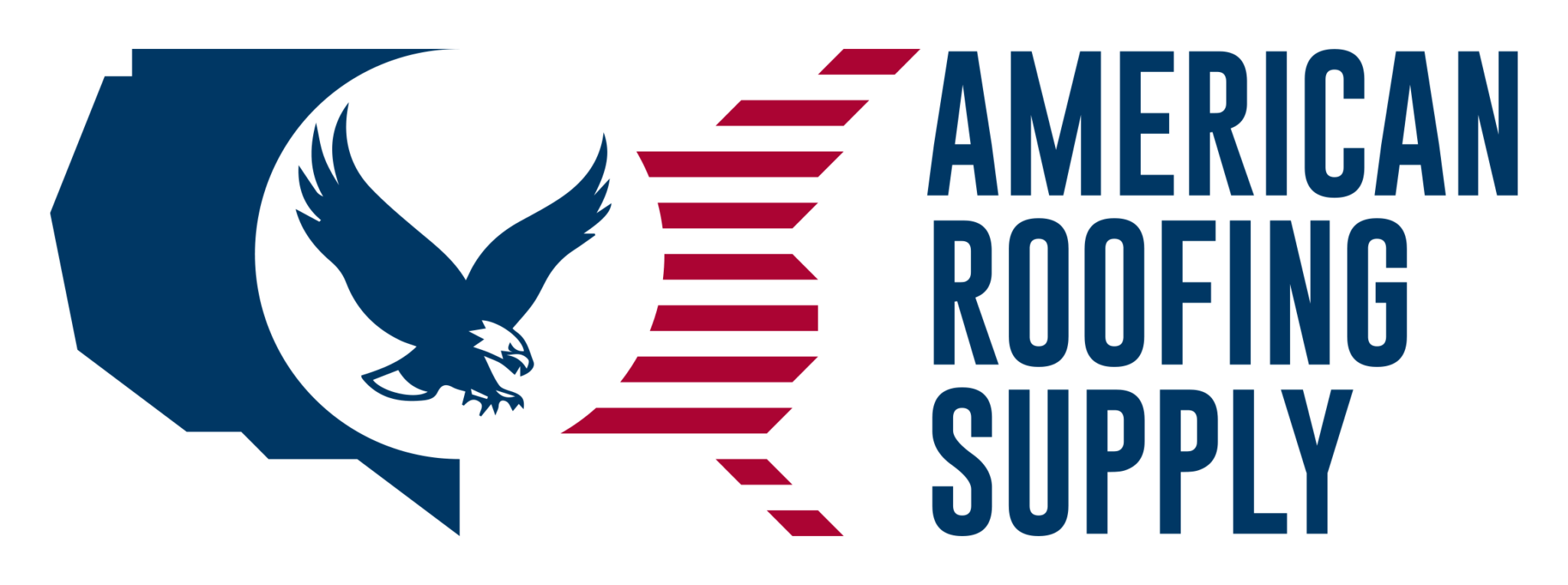

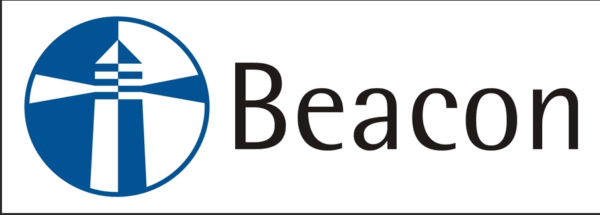
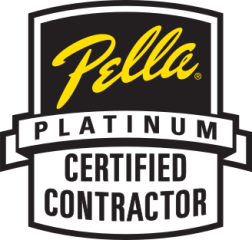


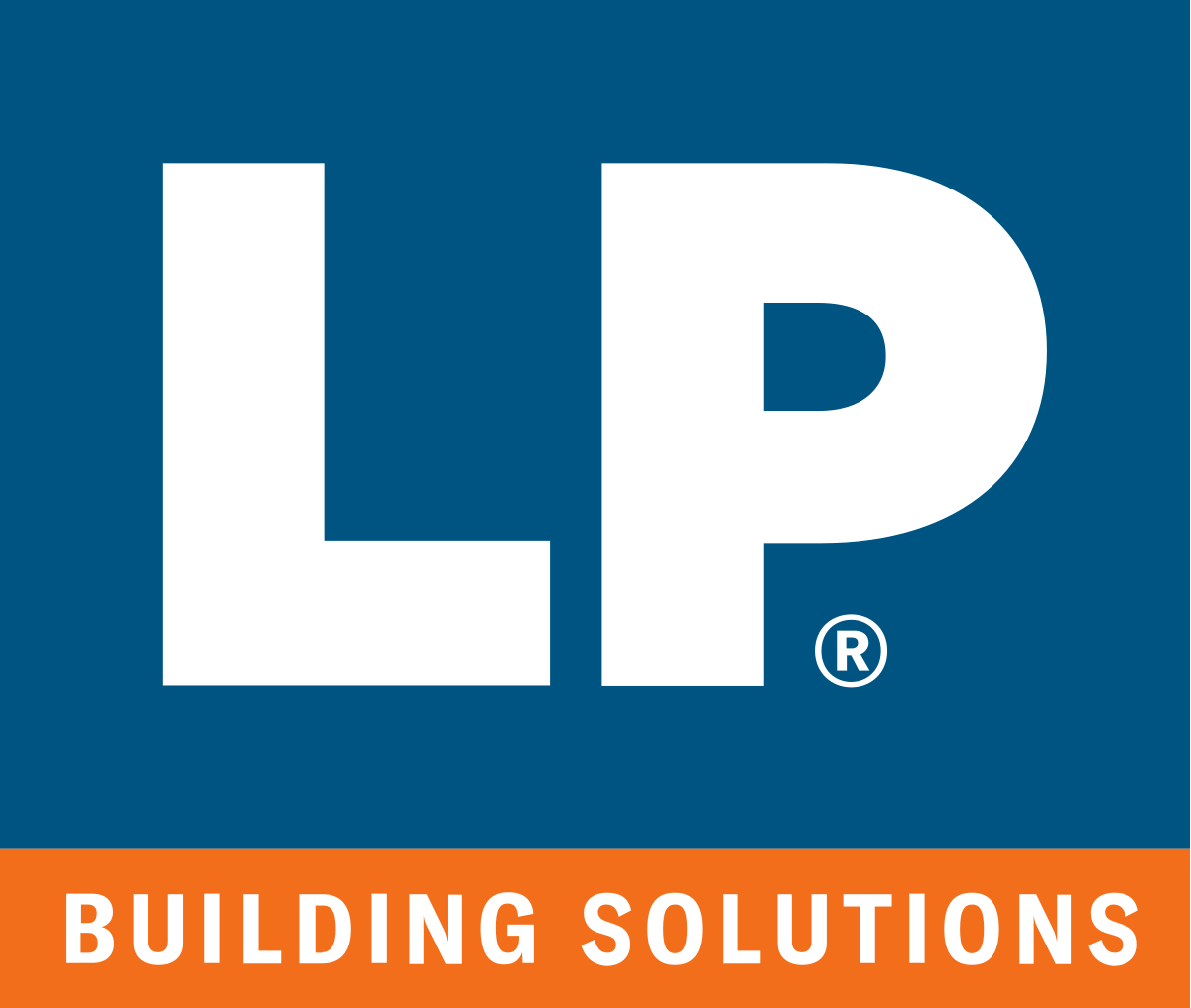

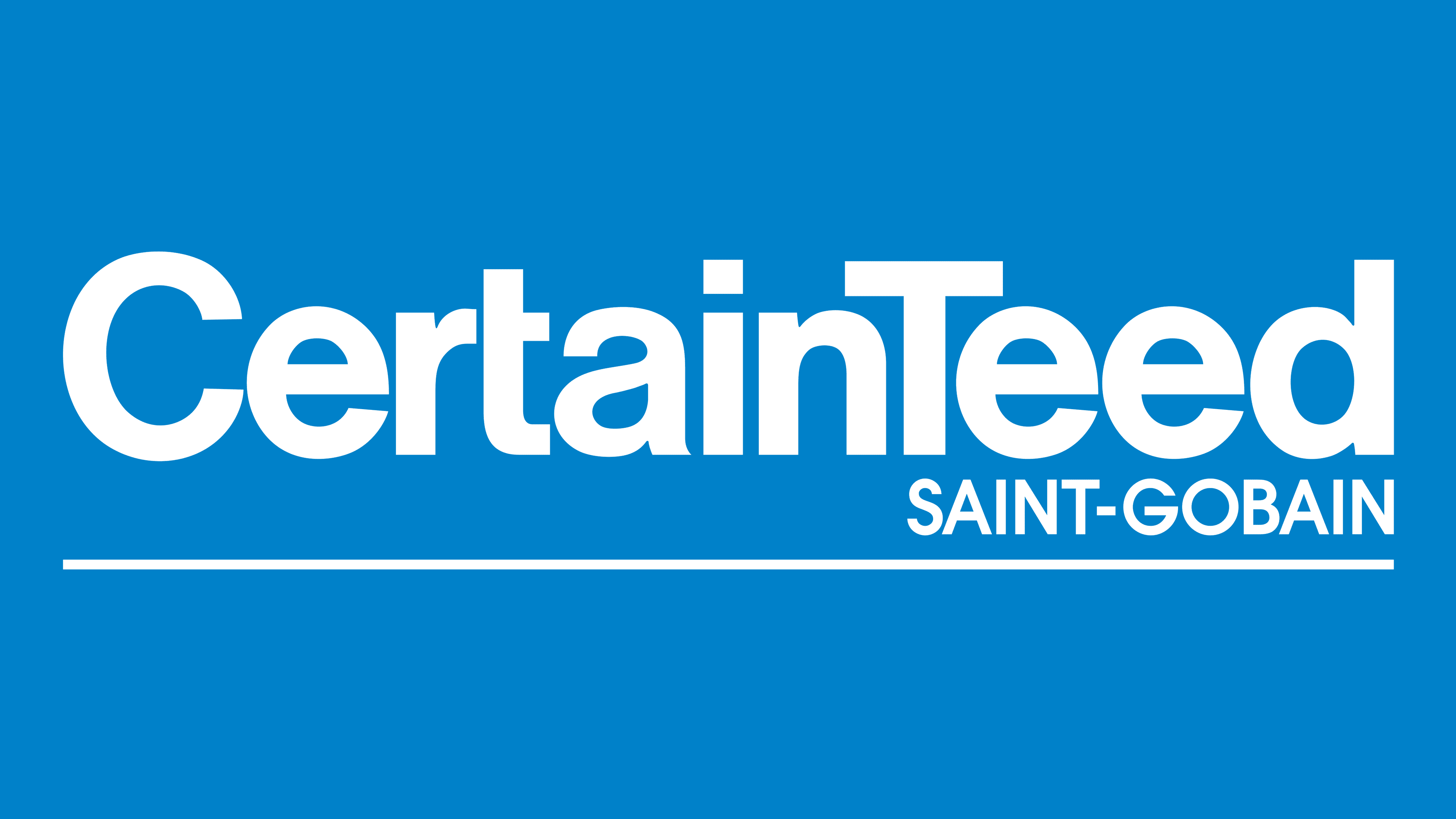
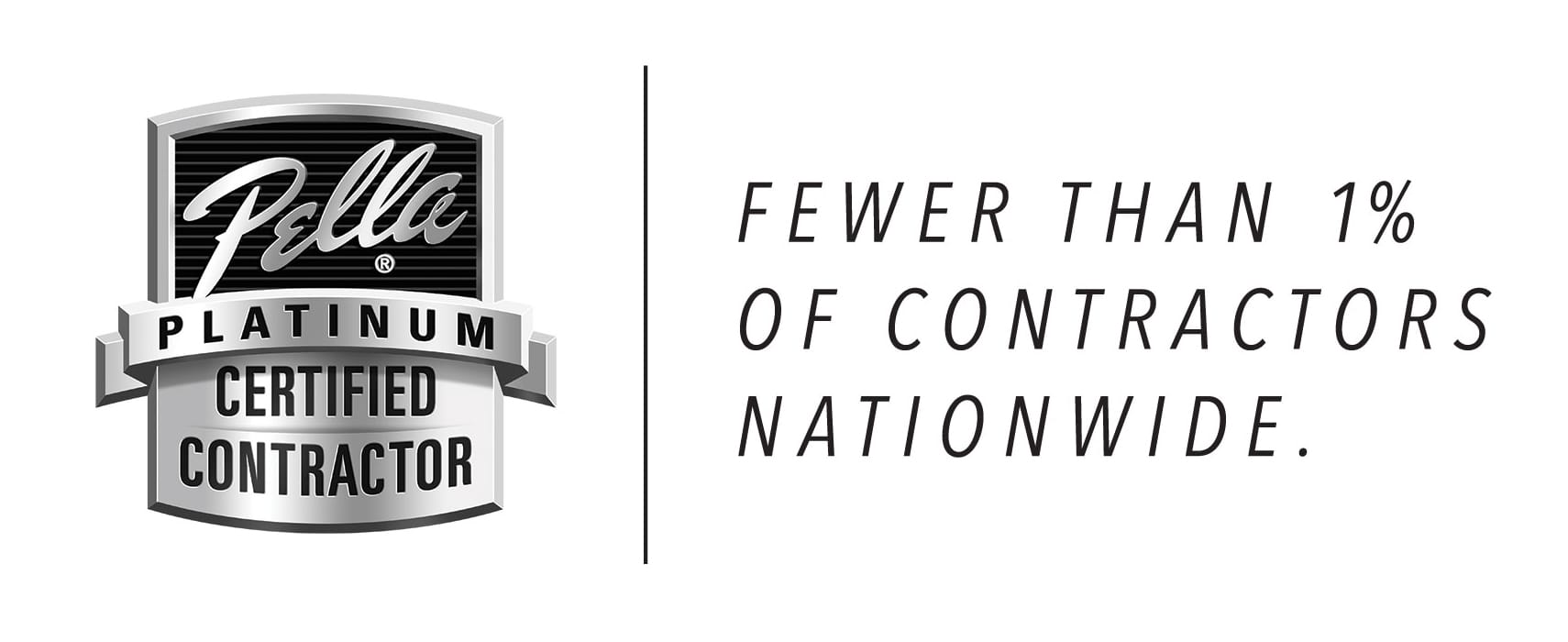
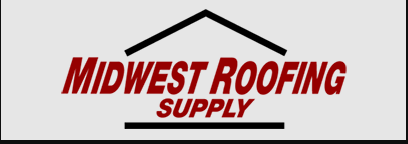


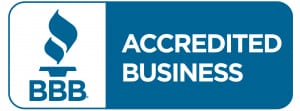
Send Us a Message
"*" indicates required fields

here When You Need Us – Atlas General Contractors Restoration Services
Whenever a major weather event impacts a residential or commercial building, the first and best step a property owner can take – after ensuring their loved ones are in a safe location – is to contact a restoration services expert. A disaster restoration contractor like Atlas is ready to implement emergency roofing solutions to secure against roof leaks and stop additional losses.
Whether you have sustained damage from a thunderstorm, hailstorm, or other destructive occurrence, Atlas General Contractors is a restoration company with the experience and equipment you’ll need to get through this challenging time.
Residential
Atlas provides homeowners in Illinois and Wisconsin with a variety of home building and remodeling services.
Commercial
We are your complete solution for your next commercial or business application.
Restoration
If you've recently faced a tornado, windstorm, flood, or hailstorm, rest assured, we're here to offer our support first and foremost!
What to Do in the Event Your Home is Damaged by a Storm
Home insurance policies typically provide coverage for most storm damage. However, before they might issue a payout in order to cover the damages to your home, the insurer will typically take into consideration your deductibles and premiums, the degree of damage, the value and age of the property and other factors.
With regard to filing your insurance claims, be sure to accurately document all damage to the property by taking a lot of photos. If you end up spending some money out-of-pocket to get repairs, retain the receipts because you’ll likely need them for the filing. Then, contact Atlas General Contractors for restoration services as you coordinate with your insurer.
Reach out to the helpful team at Atlas today for all your restoration service needs. Our staff is here to assess the damages and implement solutions that get your property back in good condition.
